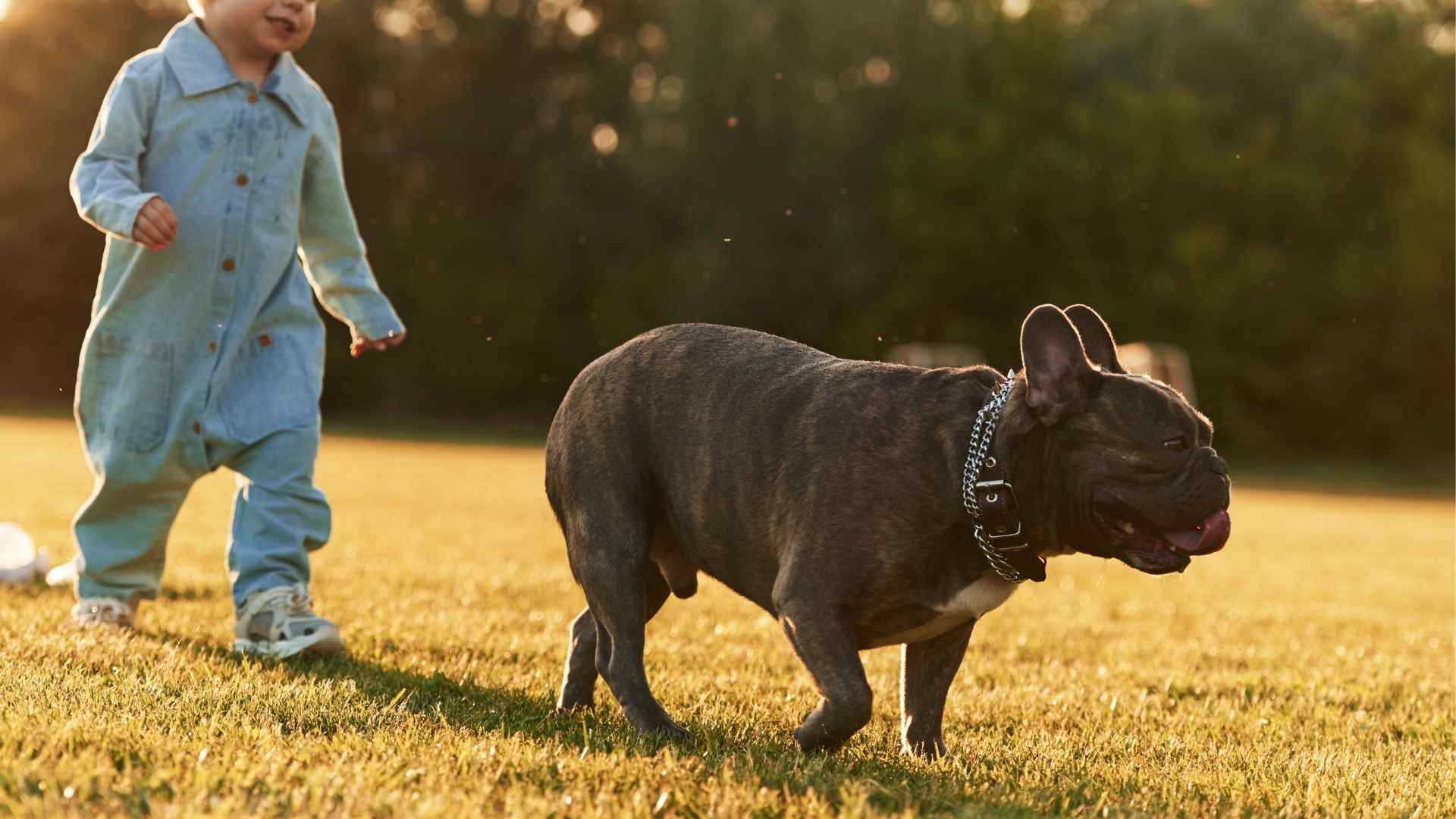“The world would be a nicer place if everyone had the ability to love as unconditionally as a dog.” – M.K. Clinton.
Some dogs go beyond love—they become guardians without ever being asked. For families with children, the right dog doesn’t just play and cuddle; it also provides companionship and support. It walks beside them, gently guides them away from danger, and stays calm when things get loud or unpredictable.
These dogs don’t need to be fierce. They need to be loyal, alert, and aware. You don’t have to teach this—it’s in them. Parents often worry during walks, especially about cars, strangers, and sudden distractions. But the right dog eases that concern, placing themselves where it’s needed most.
If that kind of natural protection speaks to you, this guide will help. In this article, we’re sharing the protective breeds that instinctively protect children during walks, keeping them safe step after step.
Dogs That Protect Children On Walks
1. Chihuahua
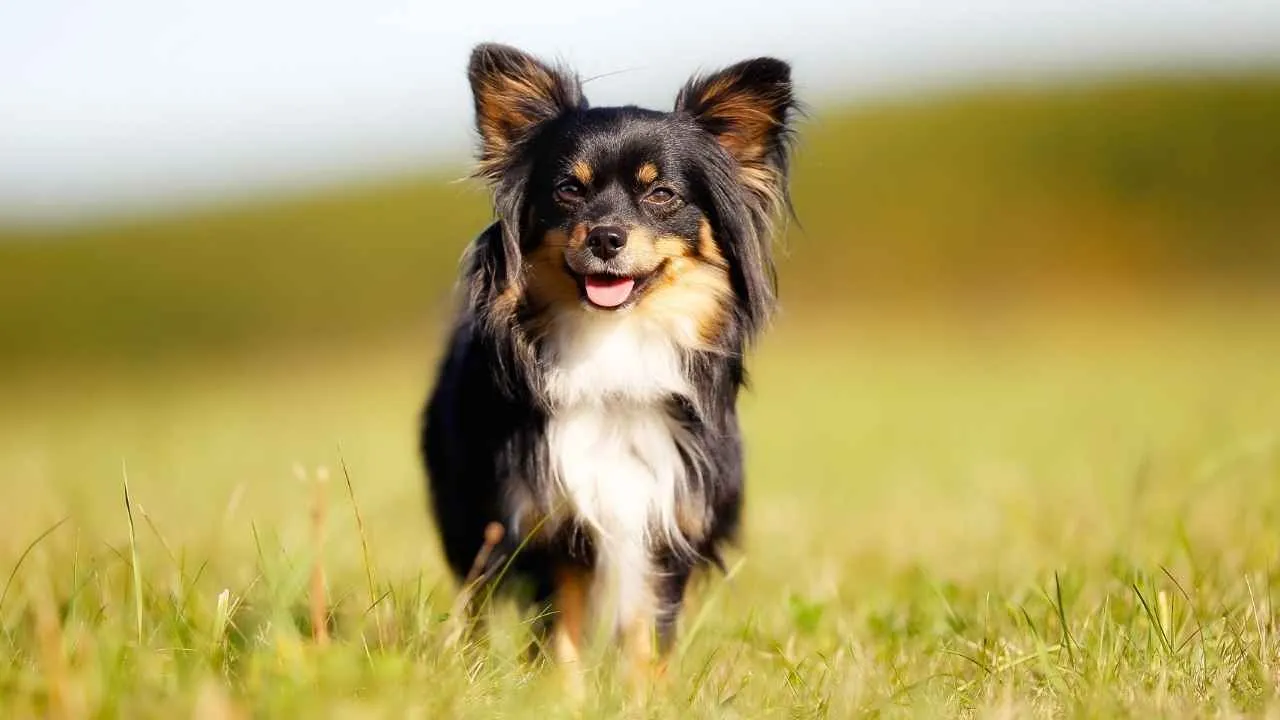
The Chihuahua stays highly responsive to sounds and movement during walks, often reacting before others notice. Their sharp hearing and quick reflexes make them naturally aware of what’s happening around them. They’re not distracted easily and often hold a watchful expression throughout the walk.
Builds Bonds That Feel Personal
This breed forms intense attachments and often shadows one person closely, especially during outdoor activities, as per Showsight Magazine. It’s common to see them step ahead or glance back frequently when walking with a child. They learn individual routines quickly and often adapt their pace and positioning on their own.
Movement Focused on Staying Close
They walk with fast, short steps but rarely drift away from the person they’re connected with. That closeness makes it easier for them to observe and respond in real-time. They often stop or slow down on their own when they feel something needs attention.
Tiny Yet Deeply Devoted
Some dog trainer communities recognize their boldness in home-alert roles, despite their size. They often surprise new owners with their consistent focus on one person, especially in family settings. For many, they become a trusted family dog more through behavior than by design.
2. Dachshund
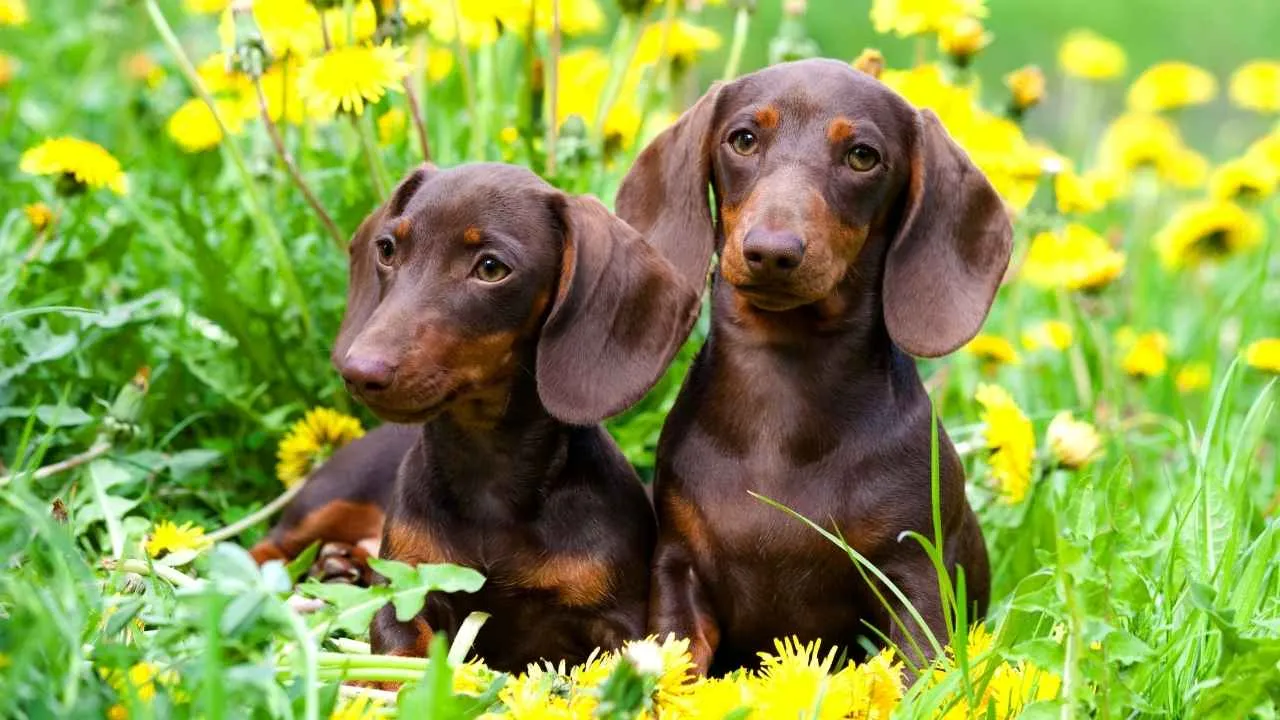
Dachshunds tend to walk close to their humans, often checking in through eye contact or subtle pauses. Their low center of gravity makes them stay grounded and steady while observing their surroundings. They stay focused on movement nearby and have a habit of stopping to listen.
Alertness Rooted in Scent and Sound
With a strong nose and sharp hearing, they often react to what’s coming before it’s visible. Their long history as hunters makes them sensitive to quick shifts in their environment, as stated in the AKC. Sounds like stroller wheels or nearby dogs can quickly catch their attention.
Protective in Their Own Confident Way
Though small, they often take on the role of a mini-guard during outings. Many owners report that their Dachshund will position itself beside or slightly ahead of children on walks. Their posture shifts subtly when they sense something unfamiliar approaching.
Their Loyalty Feels Focused
This dog breed often builds a strong attachment with one person or a small group. With proper training, they become reliable walking companions who are responsive to verbal cues. They fit well into a wonderful family dynamic where predictability matters to the dog and child alike.
3. Brussels Griffon
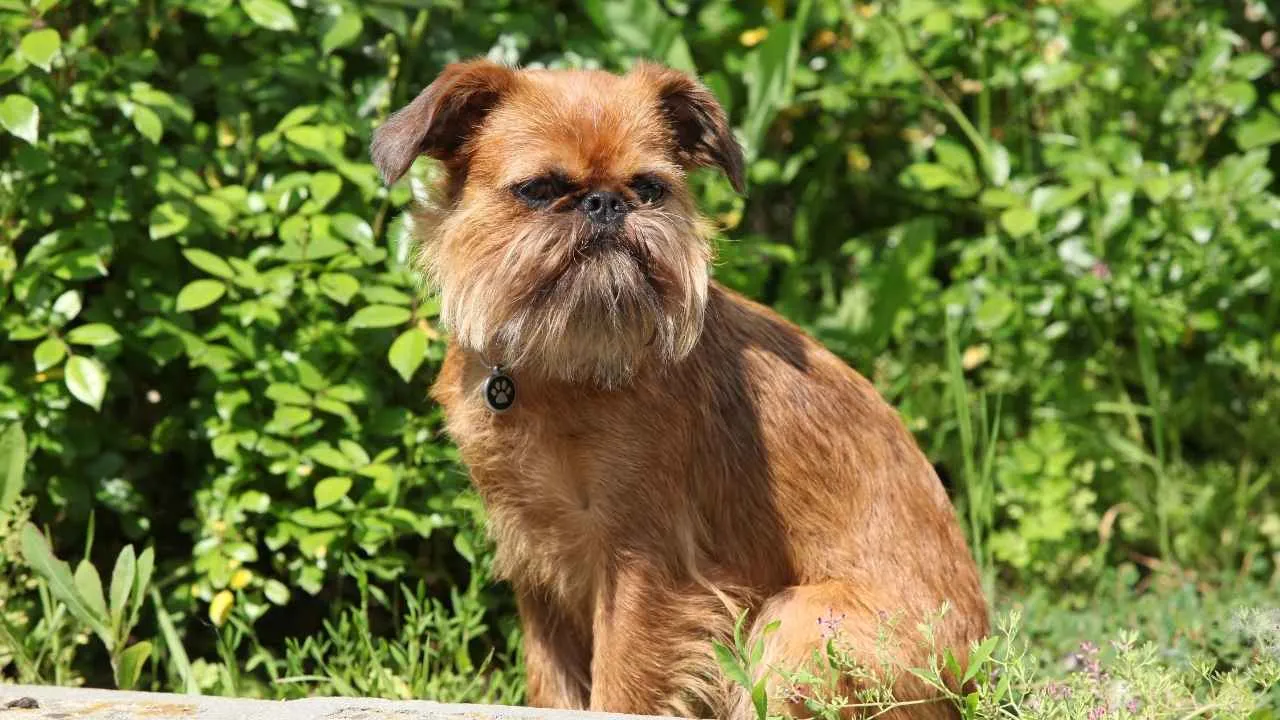
The Brussels Griffon stays intensely focused on their surroundings and makes eye contact often. Their alert gaze and upright posture help them notice anything unusual along a walking route. They respond quickly to subtle cues, especially when walking with someone smaller or younger.
Closeness That Becomes a Habit
This breed thrives in one-on-one interactions and often chooses a single person to shadow. During walks, they tend to walk in step and stay close to each leg, checking in often. They don’t need prompting to look back or slow down when walking with a child.
Strong-Willed But Responsive
Though known for being independent, they are quick to react when they sense stress or noise nearby, as stated in Orvis. They don’t wander far and often step sideways to stand near the person they’re watching over. Training from a young age improves their instinctive loyalty and alertness.
Confident Around Distractions
Brussels Griffons are typically unfazed by other dogs, cyclists, or crowds during walks. They adjust their attention well and don’t get easily startled or overwhelmed by other animals or strangers. This balance helps keep the child focused while the dog quietly monitors the environment.
4. Toy Poodle

Toy Poodles tend to scan their surroundings frequently during walks, picking up on subtle changes. Their sharp attention helps them stay in tune with the child’s movement. This awareness keeps them prepared to react quickly to distractions or unexpected sounds nearby.
Protective by Familiar Connection
They often form strong bonds with one or two people and stay close during outdoor walks. It’s common to see them checking behind or ahead without needing a command. That connection becomes even more natural in a calm and healthy environment from puppyhood.
Focused Learners with Quick Recall
Their ability to understand leash training early makes them easier to guide in outdoor settings. Many respond well to structured routines when introduced through early training. They naturally pick up on pace, patterns, and changes during repeated walking routes.
Behavior Linked to Bloodline
This breed shows early emotional maturity and responsiveness when bred from attentive lines. Some breeders advise observing the nature of the dog’s parents when choosing a pup. Their temperament tends to reflect consistency, memory, and instinctive focus during walks.
5. Miniature Schnauzer
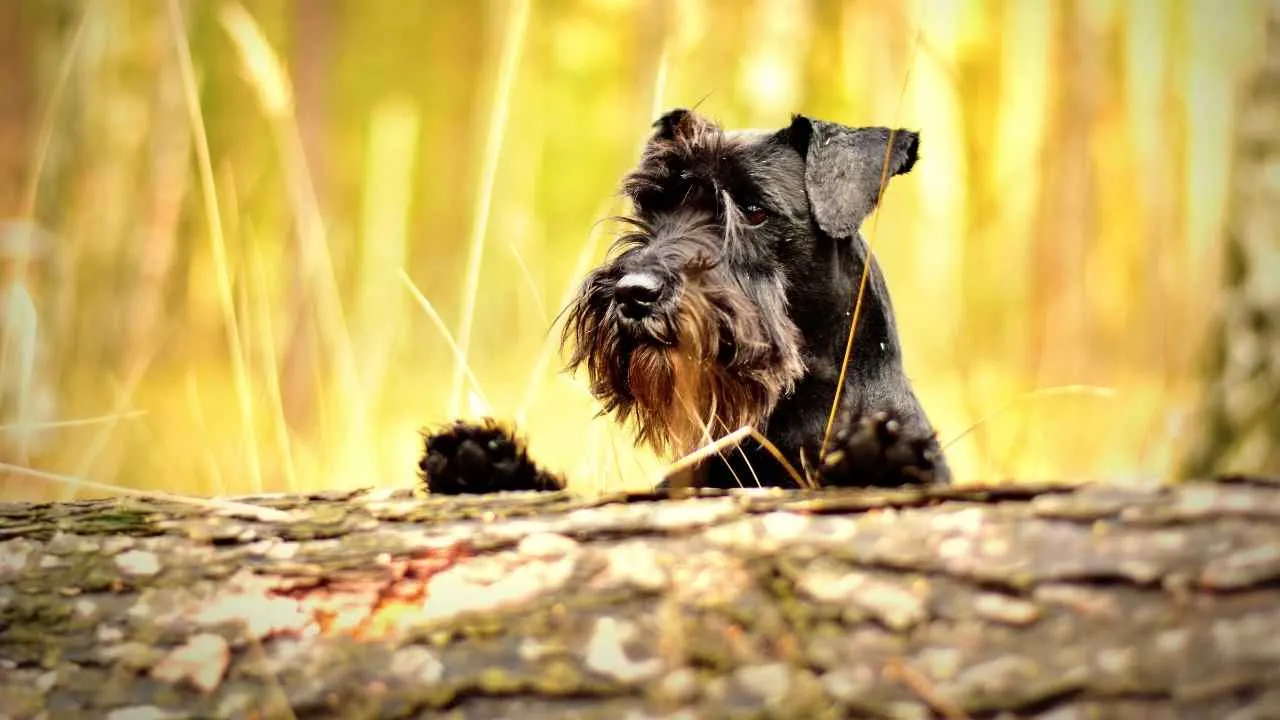
Miniature Schnauzers have a strong sense of environmental awareness and stay focused during walks. Their upright ears, forward stance, and scanning behavior reflect their constant attention. They often turn their head sharply in response to footsteps, movement, or subtle sounds nearby.
Shows Purpose in Every Step
This breed walks with an energetic, deliberate pace that often matches well with a child’s walking rhythm. They adjust their speed naturally and tend to keep an eye on what’s behind them. Many handlers report that they stop and look back when someone pauses or slows down.
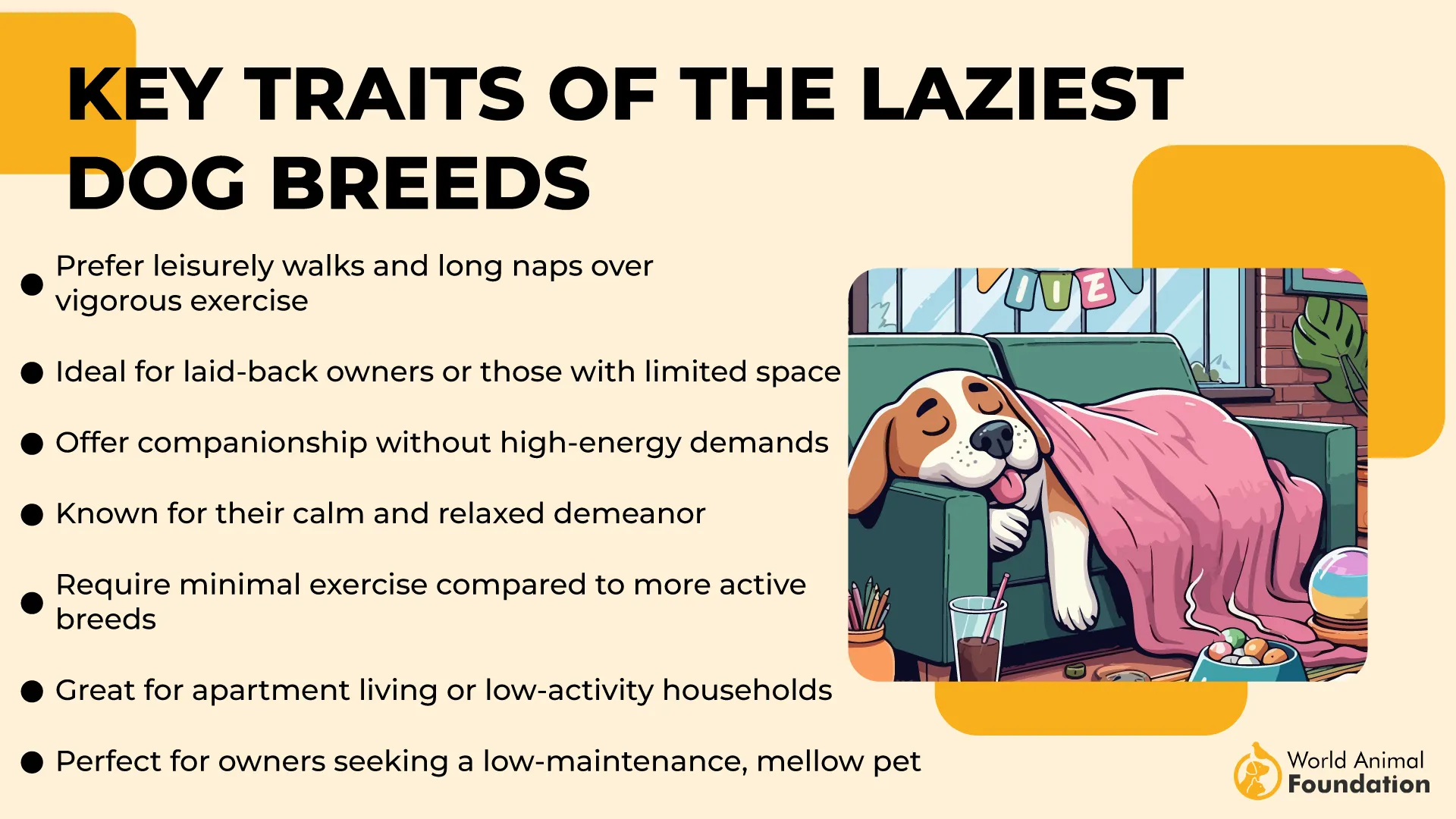
Strong Attachment to the Young
They’re known to form close, responsive bonds with kids in the family and mirror behavior patterns in outdoor routines. This includes guarding tendencies when around small children, especially in unfamiliar areas. Their posture often stiffens if someone approaches too quickly or suddenly.
Size Doesn’t Limit Their Watchfulness
Even at under 20 pounds, they show boldness and will stay alert throughout a walk, especially in new settings. Their bark is sharp and quick, often triggered by perceived intrusions or sudden motion. They’re a naturally protective and great companion for families who prioritize safety on walks.
6. French Bulldog
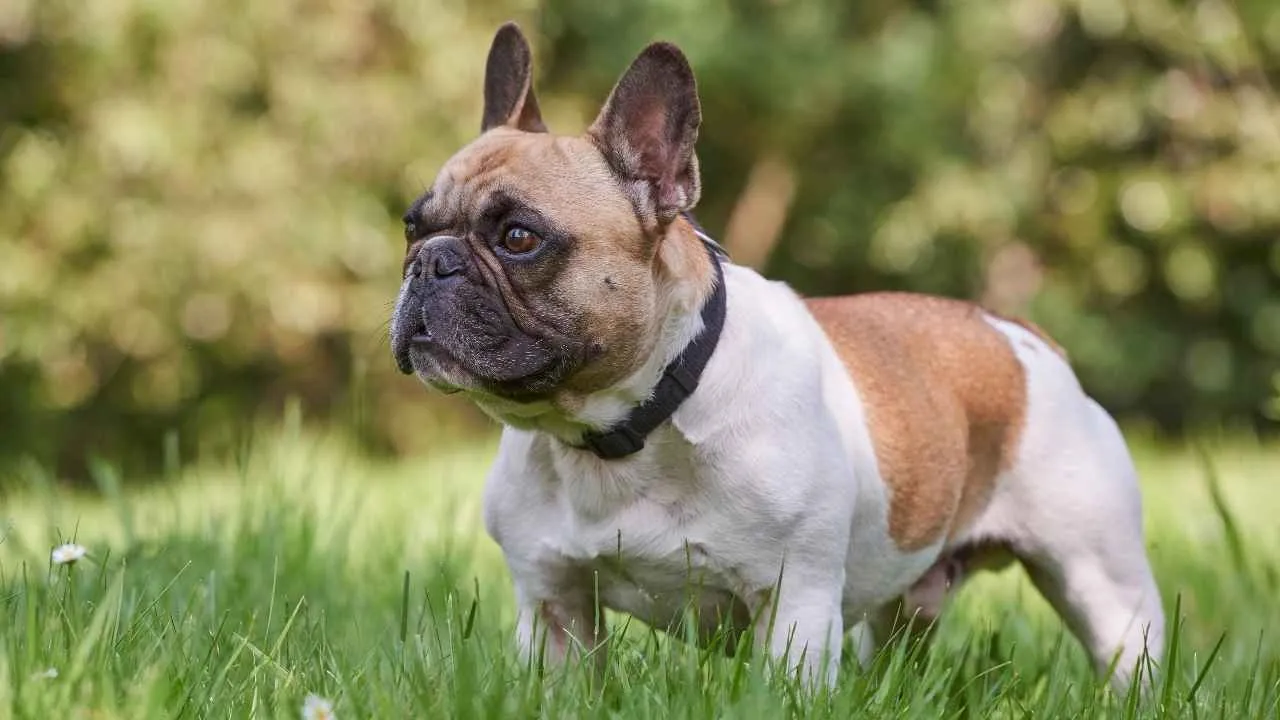
French Bulldogs have a steady presence during walks and often stay attentive to changes in the immediate surroundings. Their naturally observant nature is heightened in busy places where children need steady pacing. They tend to scan their environment while staying closely aligned with their person.
Quiet Reactions with Physical Awareness
This breed doesn’t startle easily, which helps them stay calm around sudden noises or movements during outdoor strolls. They have good body control and rarely pull ahead or veer off path. Many owners say they match their steps to their walking partner, including small children.
Loyalty That Stays at Ground Level
Their short, muscular build allows them to remain grounded and physically present near the child. They typically place themselves just beside or slightly ahead, keeping contact without wandering. That placement pattern reflects a natural tendency to stay connected during movement.
Steady Energy and Emotional Tuning
Frenchies tend to be fun-loving but not hyperactive, which makes them easier to manage on leash. With consistent exposure, they become well-trained to pause at curbs or respond to signals quickly. Their protective instincts are subtle but consistent, especially with younger members of the household, making them the best family guard dogs for modern homes.
7. Boston Terrier
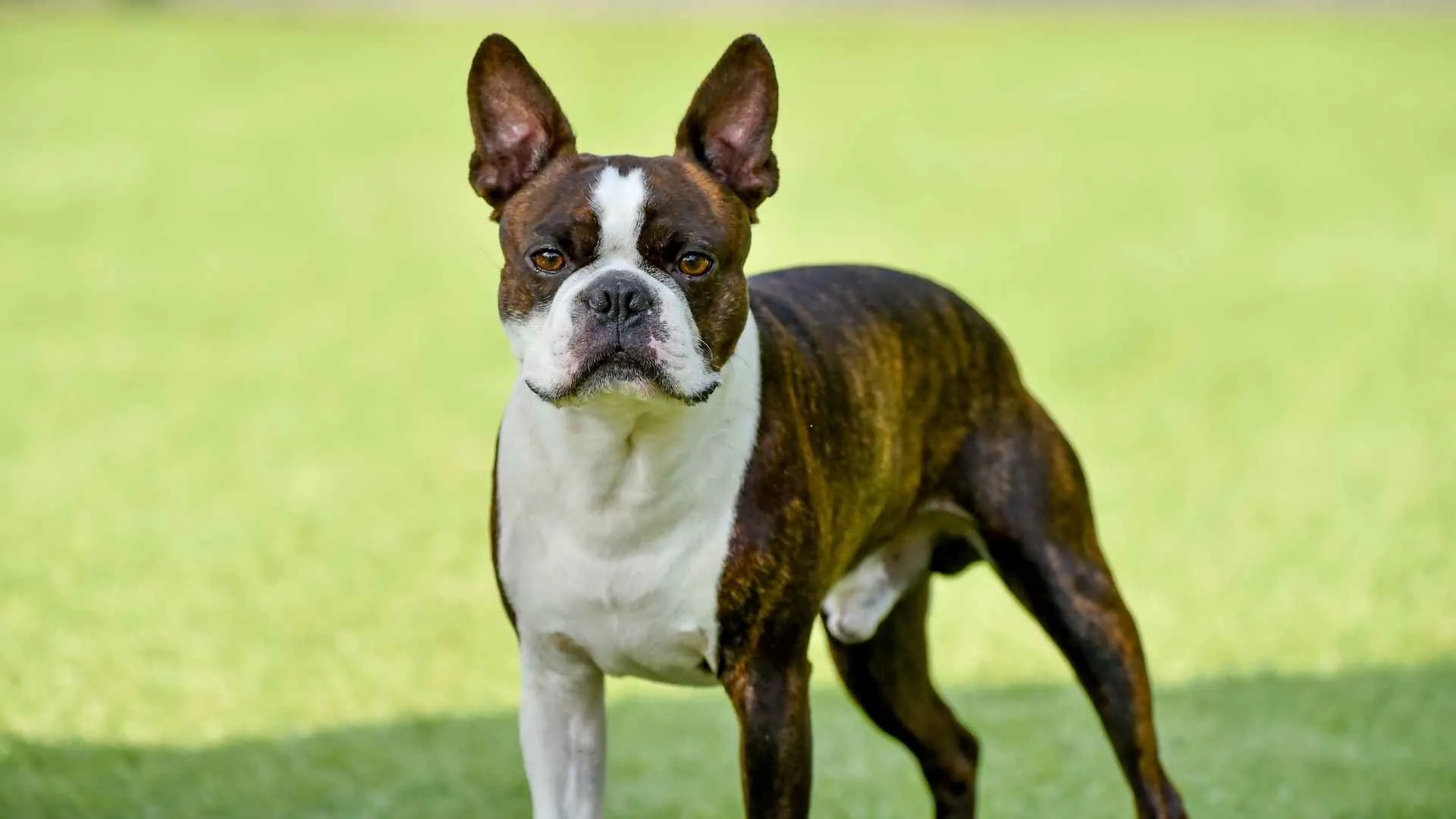
Boston Terriers naturally stay close on walks, often glancing up for cues and direction. Their compact frame and balanced step make them easy to walk alongside children. This attentiveness carries through unfamiliar areas, where their alertness becomes more obvious.
Natural Sense of People and Boundaries
They can be quick to position themselves between their handler and anything they find unusual, even with their calm expression. Their body posture tends to shift slightly forward when they sense a change in energy. These reactions come without specific training and grow stronger over time.
Suited for Walks Around the Neighborhood
Boston Terriers enjoy exploring sidewalks and neighborhood parks, but they do best when walks are short and consistent. They don’t require intense exercise, yet they still need physical and mental movement daily. Their quick bursts of energy make them easy to walk and redirect.
Adapts to Family Settings Easily
They are often chosen for small homes or city living due to their compact build and manageable nature indoors. As a house companion, they’re known to match the energy level of the environment. Whether with one person or many, they become a dependable pet over time.
Conclusion
Some dogs don’t just walk beside your children—they watch over them. Their protective nature isn’t something you train in. It’s something they carry. These great guard dog breeds may be small or mid-sized, but their awareness is steady and deep.
From Toy Poodles to Boston Terriers, many of these companions grow into the best guard dogs without needing to prove it loudly. They may not look like your typical muscular dogs, but they act with certainty when a visitor arrives or something feels off. For families who walk together often, these breeds bring peace of mind.
These pets are quiet protectors, sometimes overlooked but always present. Whether you live in a city or on a trail, the right dog can be your child’s best companion and an excellent guard dog in one. You don’t need a large dog to feel safe—just the right one.


